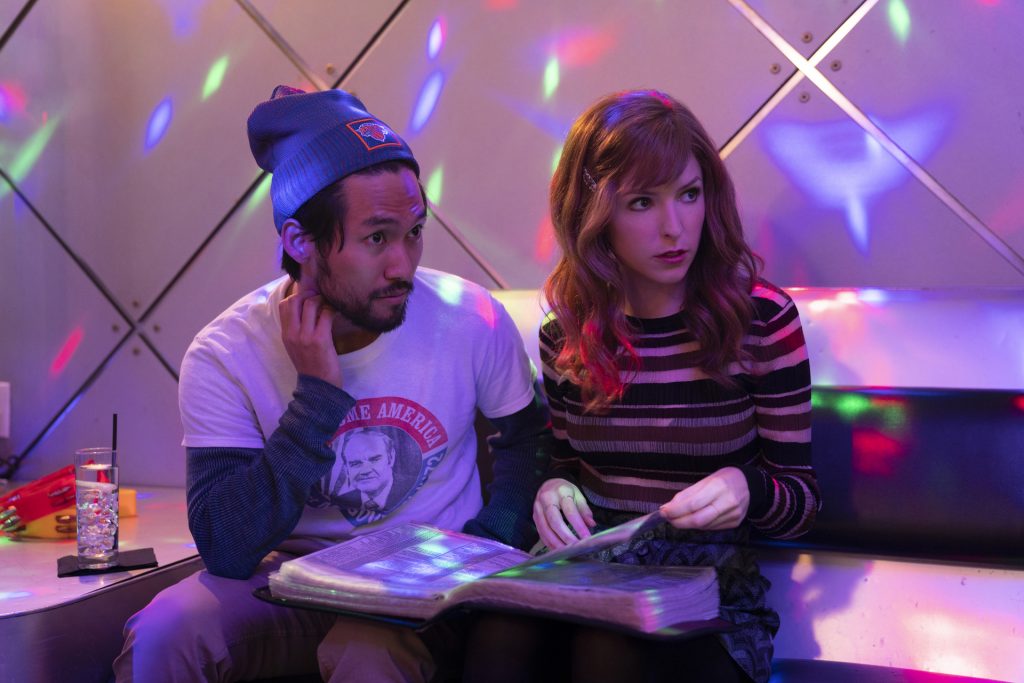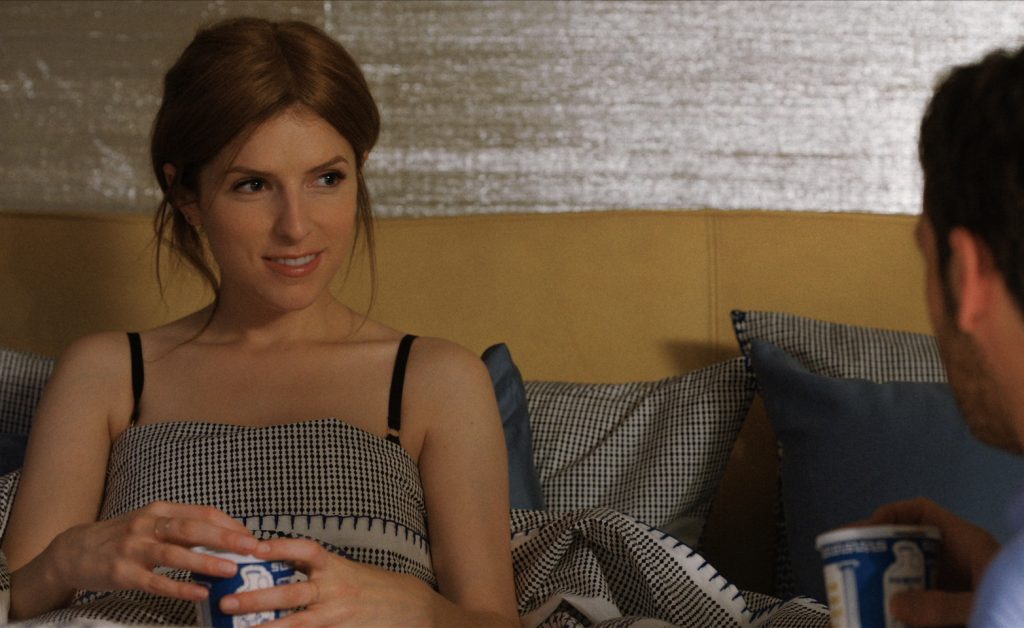Subscriber Benefit
As a subscriber you can listen to articles at work, in the car, or while you work out. Subscribe NowOh, the things that go ping in the night, when my phone alerts me that one or another of TV’s fabulous streaming services has extracted its monthly fee from my bank account. It always seems to happen in the wee hours – Ping! That was Netflix. Ping! That was Hulu. Ping – CBS All Access. Ping – Disney Plus. Ping – Apple TV Plus. Ping, ping, ping.
Now comes HBO Max, launching Wednesday with a whole lot of promises for an additional $14.99 per month (PING!!) and boasting a vast TV and film archive that will eventually harness the full power of all things Warner (owned since 2018 by AT&T). That includes as the libraries of HBO shows past and present and the movie and cartoon bounty within the Warner Bros. and Turner vaults. (All 10 seasons of “Friends” now reside here too, for those poor souls still nursing that culturally vacuous habit of binging “Friends” reruns.)
More TV is probably the last thing we need at this point, but more TV we shall have. HBO Max could become the strongest challenger yet to Netflix, and it’s an attractive deal for viewers who are essentially post-television people (you can’t even call them “cord-cutters” anymore; they are naturally born cord-nevers). With HBO Max, they can have their HBO and a whole lot else.
The offer doesn’t flow both ways, however. We proud snoots, who still have HBO through cable or satellite services, will still just get the prestige version of the network, same as always, while HBO Max’s original shows will only be available to HBO Max subscribers. This leaves consumers at yet another crossroads, wondering which way to go.
The “Max Original” shows premiering with Wednesday’s rollout don’t exactly signal a dire need to immediately switch. “Sesame Street’s” Elmo has his own talk show (“The Not Too Late Show With Elmo”), there are new “Looney Tunes” cartoon shorts aspiring to the classic style, and there are a couple of reality competition shows (one about crafting, the other about voguing). There’s “On the Record,” a documentary film about a music executive and others who accuse hip-hop mogul Russell Simmons of sexual assault; plus the U.S. premiere of a British dramedy about a throuple (“Trigonometry”), because no matter how many streaming services pop up, there will always be a fresh supply of foreign programming to add to it.

But the show receiving the heaviest promotional push—HBO Max’s marquee offering at the moment—is “Love Life,” a romantic dramedy billed as an anthology series, focusing each season on one character’s ups and downs with dating and relationships.
In this case, that’s Anna Kendrick (“Up in the Air”; “Pitch Perfect”) in the role of Darby Carter, a young New Yorker going through all the cliches one typically attributes to girl-in-the-big-city narratives: She shares an apartment with a few friends, meets and gets involved with various men and learns as much as one can learn through the myopia of one’s self-centered 20s.
“Love Life,” created by Sam Boyd, initially seems like a dumbing-down of the HBO ethos, a lesser mash-up of “Sex and the City” and “Girls”—and the very sort of thing HBO aficionados (critics, mostly) feared when AT&T first stated its intention to turn up the heat on the prestige network’s creative burners.
The first three episodes of “Love Life” that premiere Wednesday (out of 10 total episodes, eight of which were made available for this review) do seem a bit rote, if well-polished, and geared toward millennial heartache. With irritatingly detached narration from British actress Lesley Manville, we are asked to view Darby’s love life through a prism of statistics and quasi-scientific claptrap. The “average person,” we are told, experiences seven significant relationships in her or his adult life, two of which are long-term, everything else falling under the wide category of “casual.”
Without spoiling too much, Darby hews to the average; each episode is named for her current love interest, beginning in her more naive days of 2012, meeting a guy (Jin Ha) at a karaoke party. We work forward from there, up through the years, which “Love Life” portrays with a breezy and believable pace. The actors who play Darby’s lovers are particularly well-cast, including Scoot McNairy (“Halt and Catch Fire”) as an older boss-turned-boyfriend.
Just when a viewer thinks the show is mainly frosting with little to no cake, “Love Life” steers into far more substantial and surprising territory. By the middle episodes, Darby hits some real road bumps, seguing from her Not-Quite-Rights to a deceptive Mr. Wrong, providing a chance for one episode to flash back to high school, where the capricious rejection from one boy has a determining effect on Darby’s future relationships. We start to understand her just as she starts to understand herself.
Say what you must about Kendrick’s trademark cutesiness, it’s her acting chops that really pay off here. She hasn’t signed on for any old peak-TV schlock, and, as one of the show’s producers, she’s not here to simply deliver a passable imitation of Carrie Bradshaw.
“Love Life” evolves into a serious rumination on self-awareness. As Darby matures, the episodes make room for other kinds of life-changing relationships (her mother, for example, or her best friend). When things go from frilly to serious, that HBO DNA reassuringly kicks in and helps “Love Life” stay true to the brand.
Please enable JavaScript to view this content.

